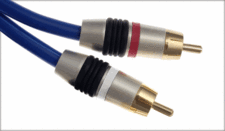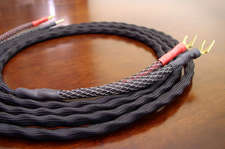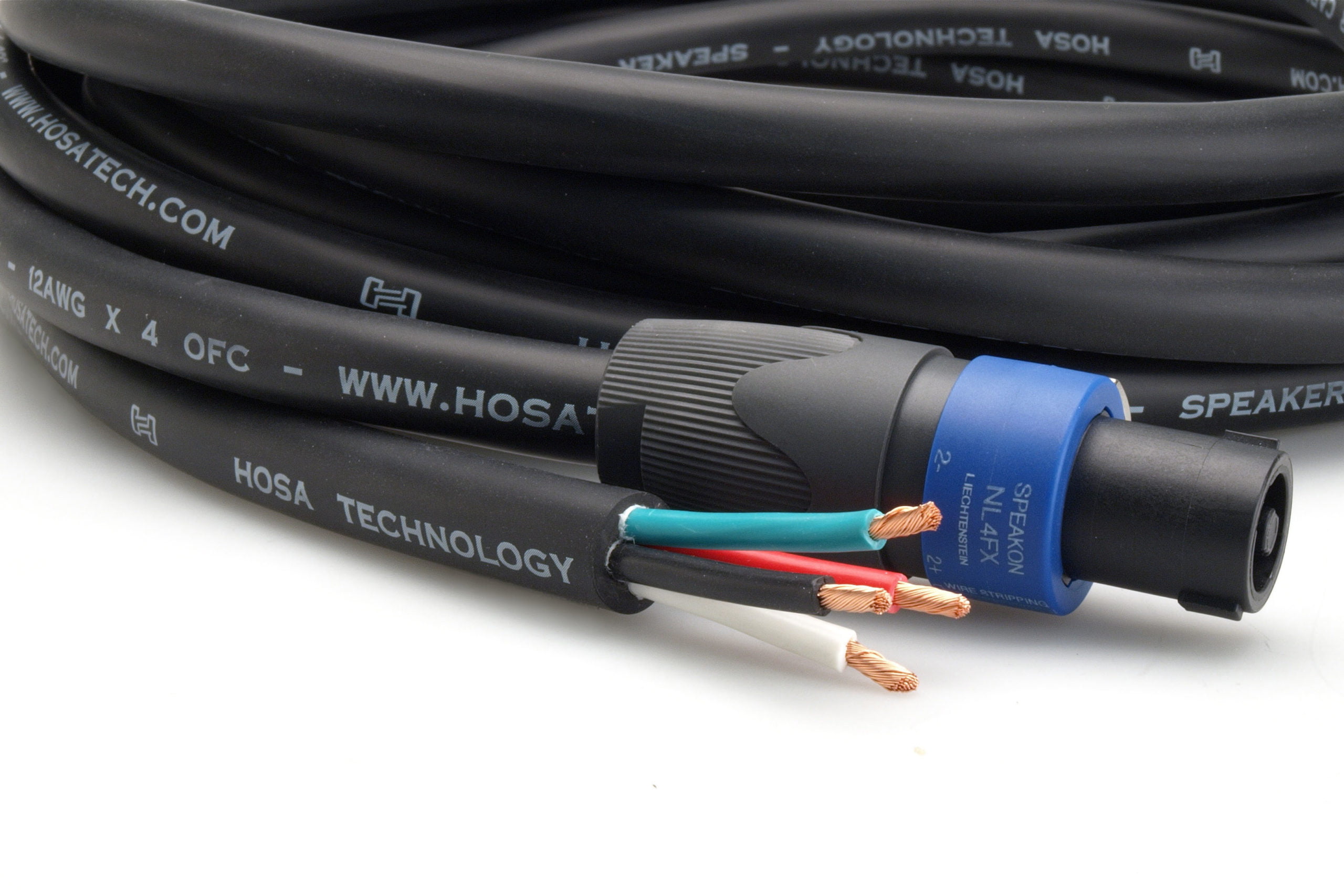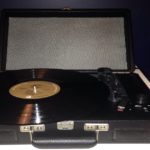It’s the time of year for saving money!
Thus far in this continuing series about getting the most for your Hi-Fi dollar, I’ve described for you what I consider to be two entirely different basic types of system: the “keeper” (the one that you buy like an appliance and simply keep and use, unchanged, for as long as it keeps on working) and the “High-Intention” system that seeks to “recreate musical reality” (to the degree that such is possible) and is likely to change constantly with the commitment and budget of its owner and the availability of new toys and goodies to catch his attention or offer new or different “fixes” for his system’s problems.
 After writing in the first few installments about “keepers”, I went on to the issue of “High Intention” systems; told you that one basic element of such things that’s all too often overlooked is the room that the system is played-in; declared that such a room should be “dedicated” if you want to get the very best sound from it; and gave you some clues – and even some actual “tricks and treatments” (Nope; nothing to do with Halloween) — for getting it, most of which were based on the idea of “shopping without shopping”, my own personal variant on Sun Tzu’s “fighting without fighting”(from The Art of War.)
After writing in the first few installments about “keepers”, I went on to the issue of “High Intention” systems; told you that one basic element of such things that’s all too often overlooked is the room that the system is played-in; declared that such a room should be “dedicated” if you want to get the very best sound from it; and gave you some clues – and even some actual “tricks and treatments” (Nope; nothing to do with Halloween) — for getting it, most of which were based on the idea of “shopping without shopping”, my own personal variant on Sun Tzu’s “fighting without fighting”(from The Art of War.)
Judging by your responses, both here at Audiophile Review, and in some of the group sites and other places where those articles were re-posted, either you’ve agreed with me thus far, or you haven’t cared enough to call me wrong. Well, that’s about to change: In this Part 10, I’m going to make a suggestion to you that I guarantee will start the fur flying.
Yup, I’m going to suggest that you buy something (instead of just re-purposing it, as part of the “shopping-without-shopping” thing) and the thing that I’m going to suggest that you buy is … (Wait for it)… (Wait for it)… CABLES!
 Of all the controversial products in a hobby that regularly has audiophiles at each other’s throats over such issues as analog vs, digital; tubes vs, solid state; “classic” vs, “state-of-the-art”; and all sorts of other things, probably the most controversial of all is cables.
Of all the controversial products in a hobby that regularly has audiophiles at each other’s throats over such issues as analog vs, digital; tubes vs, solid state; “classic” vs, “state-of-the-art”; and all sorts of other things, probably the most controversial of all is cables.
The Audio Engineering Society (AES) has repeatedly claimed that (like power amplifiers with similar specifications) as long as they work (no “shorts”, no “opens”) cables make no sonic difference at all. That’s the official voice, and any number of real engineers and “engineer wannabes” has leaped onto the band wagon to support it. All that matters, they say, is a cable’s resistance (“R”), its capacitance (“C”), and its inductance (“L”), and any such other concerns as what the conductors or the insulation might be made of, or (except for the presence or absence of shielding) how they might be put together, or whether (for speaker cables) they are resting on, or lifted above the floor, are nothing but “voodoo” and “snake oil”, and not worth any consideration at all.
 Even so, the number of specialty cable companies keeps growing (which must mean that somebody’s buying their products); Bill Low, of Audioquest, was able, some years ago at CES, to do a demonstration that, by switching ordinary and High End speaker cables even on just an ordinary “boombox”, was able to convince a whole lot of people that cables DO make a difference; and even Julian Hirsch, of Hirsch-Houck Laboratories, who, over the course of a long career, reviewed more than 4,000 products for Stereo Review and other hi-fi publications, recommended in his system purchase articles that at least some portion (About 15%, as I recall) of his readers’ hi-fi budget, be allocated to buying good cables. If he didn’t think they made a difference, why would he do that?
Even so, the number of specialty cable companies keeps growing (which must mean that somebody’s buying their products); Bill Low, of Audioquest, was able, some years ago at CES, to do a demonstration that, by switching ordinary and High End speaker cables even on just an ordinary “boombox”, was able to convince a whole lot of people that cables DO make a difference; and even Julian Hirsch, of Hirsch-Houck Laboratories, who, over the course of a long career, reviewed more than 4,000 products for Stereo Review and other hi-fi publications, recommended in his system purchase articles that at least some portion (About 15%, as I recall) of his readers’ hi-fi budget, be allocated to buying good cables. If he didn’t think they made a difference, why would he do that?
I, too, think that cables make a difference, but as you may know, I’m a former cable designer (for XLO, a company I sold in 2002 and no longer have any connection with), so what I say might very well be biased. That’s why, instead of making anything like a specific recommendation, I’m just going to tell you a little story:
Back many years ago, when I did own that company, XLO’s biggest problem in selling to new dealers was that dealers would always – as they certainly SHOULD have done – set up the demonstration systems in their stores with whatever brand of cable was their current favorite and would “dial-in” the systems to sound as good as possible using those cables.
 Even though most of those systems sounded good, they very often sounded good for the wrong reason, and that made for a very specific kind of problem: Consider this; if I have Component #1 (a preamp, for example) which has (like one expensive High-End brand that I could name, but won’t), a distinctly “bright” and “thin” sound, and if that component is connected to Component #2 (a power amplifier that is wondrously neutral and “uncolored”) by a cable that’s “thick” and “dark-sounding” (like a number of brands I could name), it’s entirely possible that the coloration errors of the “too-bright” and “too-dark” products will cancel each other out and the system will sound just great and have a seemingly perfect tonal balance.
Even though most of those systems sounded good, they very often sounded good for the wrong reason, and that made for a very specific kind of problem: Consider this; if I have Component #1 (a preamp, for example) which has (like one expensive High-End brand that I could name, but won’t), a distinctly “bright” and “thin” sound, and if that component is connected to Component #2 (a power amplifier that is wondrously neutral and “uncolored”) by a cable that’s “thick” and “dark-sounding” (like a number of brands I could name), it’s entirely possible that the coloration errors of the “too-bright” and “too-dark” products will cancel each other out and the system will sound just great and have a seemingly perfect tonal balance.
That’s a good thing, right? Well, No, not really. For one thing, a system set up like that could, and often did, make it difficult for XLO to sell its products to dealers: Every XLO cable was designed to be as neutral and to have as little sound of its own as possible, so when, in doing a dealer demonstration, our XLO factory rep pulled out the dealer’s “dark-sounding” cable (that sounded wonderful with a “bright-sounding” preamp), and replaced it with a neutral-sounding (more accurate) XLO cable, the rep all too often found himself having to explain that the resultant over-bright sound was not because the XLO cable was too bright, but that something “up the line from it” was too bright; that the dealer’s own cable was too dark, which had concealed that fact, and that the XLO cable was NOT the problem, but the reason that the dealer could now hear the problem that had always been there.
But that, of course, was business, and it was many years ago. So how does it apply to you? Well, just suppose that you were a customer in the dealer’s store and you had heard the demo as he had it set up, and liked it, and bought that preamp, and got it home, and plugged it into your system, and found that it was “burning-your-ears-off-too-bright” What would you do? Call the dealer, of course, and tell him that his preamp is too bright. And what will he do? Instead of losing a sale, won’t he likely try to convince you that the problem lies with your cables, and that you ought to buy some of the ones you heard at his store to fix things? And if you do that and it temporarily solves your problem, what’s going to happen when you change your preamp again, to one that’s truly neutral-sounding? Won’t you find your system too dark and have to buy new cables again?
Think about that, please, until next time, when I’ll give you what I think is the only realistic solution.








